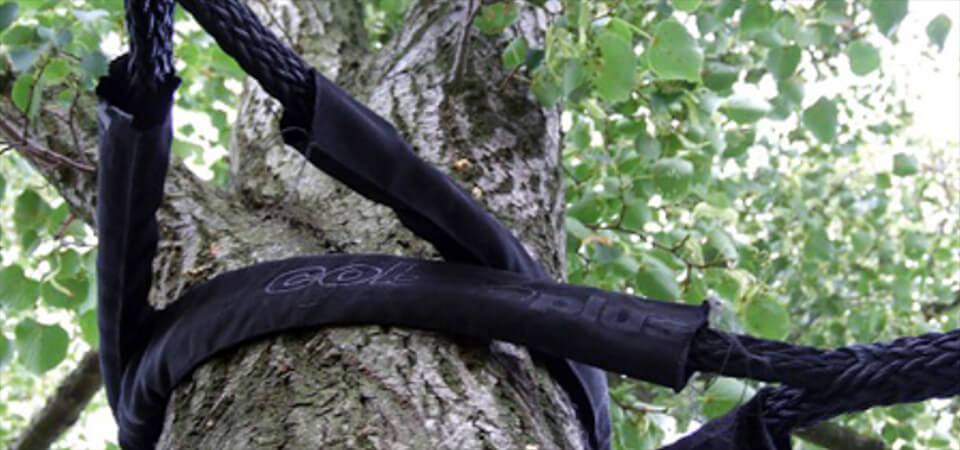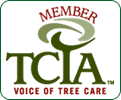Cabling
Cabling is fairly common in tree work. Cables are inexpensive and can maintain and prolong the life of the tree. It involves correcting the direction of growth of a branch or securing one that is growing over or close to a structure. Branches growing at 90 degrees to the trunk would be possible candidates for cabling.
Many times it is necessary to install more than one cable to a tree. For example, an old Silver Maple tree naturally has limbs that are very large and sometimes grow straight out parallel to the ground. That can make them vulnerable to storm damage or even splitting the trunk.
Cables are made of galvanized steel and are installed by drilling into the main stem and screwing in a hook. Done correctly, the cable will be pulled tight between the two stems being cabled together. Proper cabling must meet ANSI standards (American National Standards Institute).
Braces
Braces are steel rods that provide more support than a cable but are not as dynamic. Braces are not used as often as cables, as they are only recommended for major strengthening of a large leader or trunk. Often, if a tree requires braces, it might be hazardous and a candidate for removal. That judgement should be made by an arborist.




